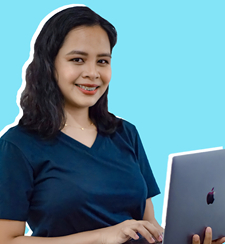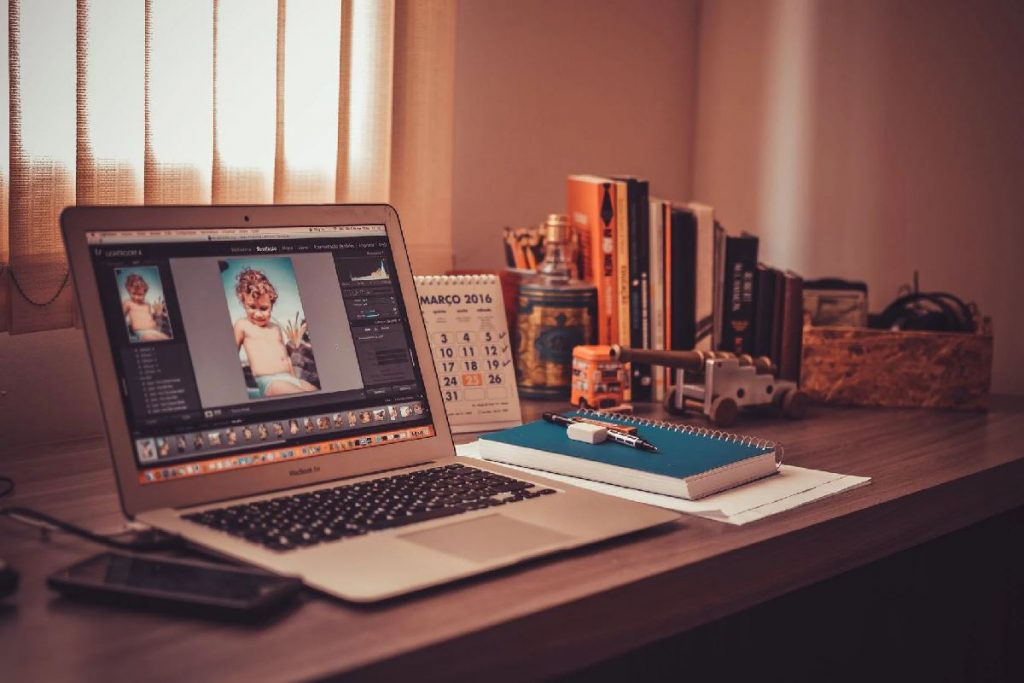Table of Contents
Introduction
Blur Tool – When taking photos, you usually want them to be as sharp as possible so that every detail can be observed and be appreciated by the public.
Yet, when you think about it, just blindly posting any image you want without carefully inspecting it can lead to some dire consequences. When taking urban photographs, the people in it may not take it so kindly that you post their faces publicly without their consent. Or perhaps, you accidentally captured someone’s address and leaked it when the property owner only wanted some privacy.
If this is the case, you could get into much trouble for something avoidable. If you do not want to go through this kind of problem, you should consider using a blur tool the next time you edit your photos.
Do not get this twisted; blurring photos is not a bad thing. It will only serve to enhance the quality of your photographs as well as act as a mode of censorship for private data. To blur simply means to make an image, or part of an image, less sharp by either convolution of pixels or smoothing the colors so that the image appears to have no distinct outline.
It can be used in a multitude of ways, both for privacy and art, and this article will show you why a blur tool can prove to be substantial for your work.
8 Reasons Why You Should Use a Blur Tool in Graphics Editing
-
Removes visual noise
The most basic use of the blur tool is to remove some visual noise here and there while you compromise very little of your image. Occasionally, visual noise will be on your images, such as missed color spots or misplaced lighting. Not to fret, because the blur tool can fix it in a sinch.
-
To convey movement
The blur tool is not only supposed to hide a few elements found on your design but it can also be used for much creative impact. Professionals know this, and one of the things that blurring does best is to create a sense of movement for your photo.
This illusion of movement is achieved through a technique called panning, which is when photographers track an object in motion and then release the shutter; it makes the background look blurry. Still, the subject will remain in focus.
It would work great if you were documenting race car drivers, walking people, or a speedy hawk, all of which would create an impactful story that lures in an audience. Another popular trend that photographers and artists like to toy around with is light trails, which is essentially the same thing but done with car headlights so that you could create a futuristic photo from something so mundane.
-
For focus
Another common use of the tool is to provide direction on your subject. It will add a lot of context and depth to your image, and whether it is the foreground or background you want to be blurred out, it is all possible if you know to get around the blur tool. If you do not, make sure to use a wide aperture such as f/1.4 or 2.8 and focus it on the subject you want to remain in focus. Ensure you get the angle and lighting in check because this will factor in how your results will look.
-
Photographic illusions
Let us just say that the blur tool can be a powerhouse in the creative part of things because you can achieve so much with it in the right hands. Depending on what kind of artistry you want to achieve, many techniques allow you to capture or achieve effects that can not typically be done with just photoshop and a camera because the blur tool will be the secret ingredient for it.
With the proper techniques, you can achieve effects such as
- Light paintings,
- Intentional blur,
- Silky smooth water,
- Wispy clouds,
- Star trails.
These are all effects that help build up a story, and it would generally attract passersby or those looking for something magical looking. You do not even need to do such complex techniques to achieve some artistry. Blur faces on photos, blur the eyes, or blur an entire person beside another; all of these are basic blurring but create an emotional impact on viewers.
-
Censoring personal information
You can easily overlook many details that should be kept private when you send a photo or screenshot somewhere, which could lead to very dire consequences. You need to cover phone numbers, license plates, blur faces on photos, all things that would require consent from other people.
Many users online could profit off that information, whether it is online attackers that need identification, hackers targeting delivery locations, IP locations, or those who want to expose illicit affairs. You do not wish to be jumbled up in that mess, and you could even be involved in some legal issues if things go from bad to worse.
That string of events happened just because you forget to blur a few lines of pixels or blur faces on photos, which only goes to highlight how important it is that you double-check, review, and do the necessary blurring needed in your photo.
-
Highlighting and de-emphasizing
Blurring can also be a great help if you are presenting or undergoing tutorials since it helps to highlight what is essential and what is not.
When presenting, you are likely to talk about different topics at a time; you can use the blur tool to blur everything other than the words you want to highlight. Or, if you are in a tutorial, you can help provide context and easy navigation by pointing out instructions with the blur tool to help point out where they need to click.
-
Gradually reveal information
Blurring tool can also be used to be flashy and interactive with your presentations because many people would employ the blur tool to achieve a gradual reveal of information. It is enticing and keeps the sanctity of information before it is revealed, so it is all beneficial in most departments.
Moreover, it lets your audience know where to focus and direct their attention. It will also help you streamline yourself while presenting so that you do not miss out on important information or mix up the words you are saying.
-
Blur is preferable to other options.
Now that we have discussed the functions and uses of the blur tool, why should you consider using it over other options?
If you want to censor some information, why not use a black square instead? Or maybe you can use the crop tool and completely remove that part from the image? If you blur faces on photos, we could not have them beheaded. That would be something entirely different, so if you have any sense of design in you, then you know that it is simply a wrong move to go with.
We use the blur tool to preserve the quality of our content while also letting it function. The blur tool will not take too much away from your design, merely taking away a little bit of emphasis from parts but still letting it be detectable by readers. It may even improve aesthetic quality for some and works so much better as an emphasis tool.
Moreover, blur tools will allow you to adjust the amount of blur from 8% to 25%, or up to 50%; there is creative liberty available.
So when we tell you to trust the blur tool, there is no need to fret because it will firmly achieve the goal better than other alternatives.
Learnings and Takeaways
When you realize that you can use the blur tool in different ways, you can not ignore it the next time you find yourself editing a photo. It will make you look professional about your work, respectful about other people, as well as convey a sense of artistry in your work through the visual dimensions that blurring can provide. Blurring is a whole art on its own, so it is only fitting that you treat it that way and study how you can apply it correctly.
Author’s Bio:

Shelly Solis is the co-founder of SaaSLuanchr.com, a digital marketing website providing professional SaaS SEO, Product Hunt launch assistance, content marketing, and guest post outreach services.


Review 8 Reasons Why You Should Use a Blur Tool in Graphics Editing.